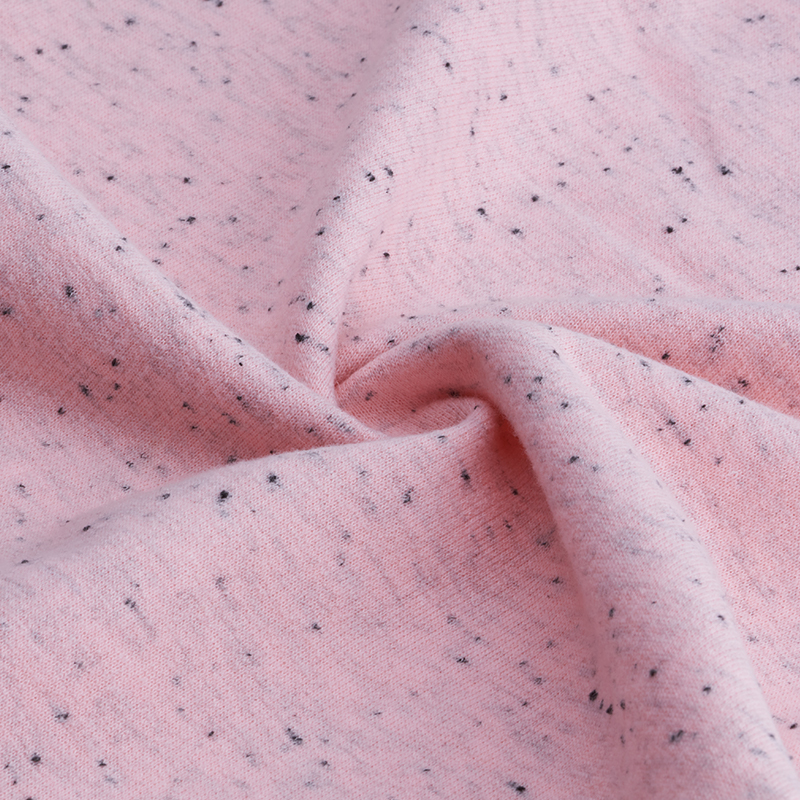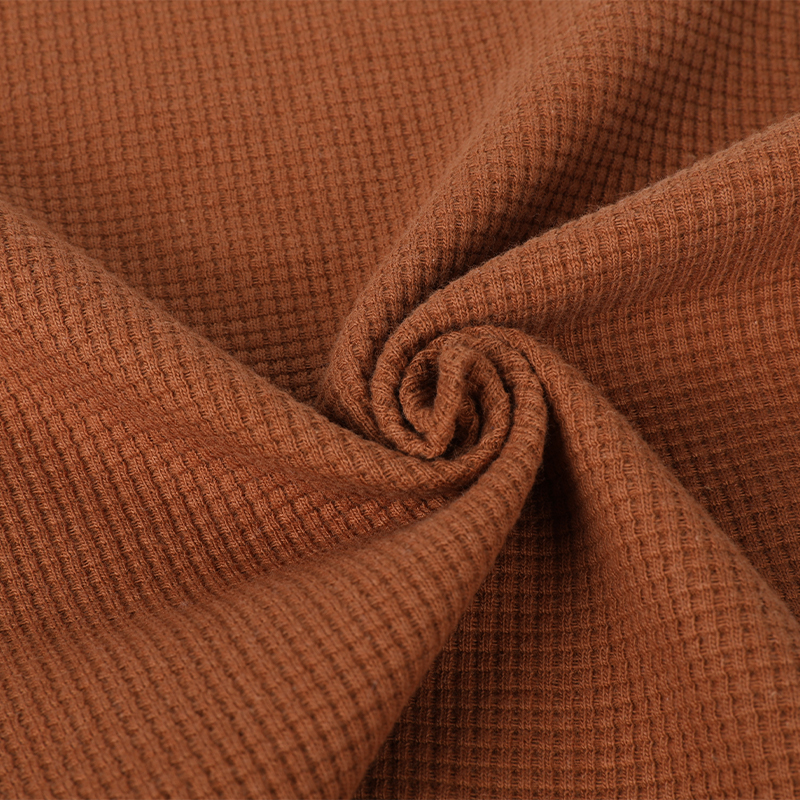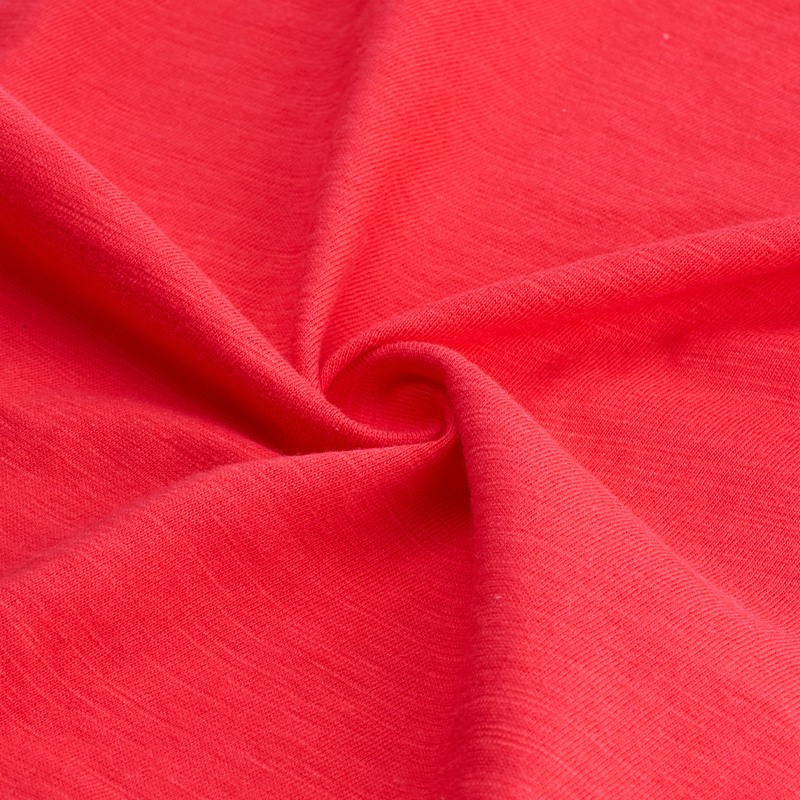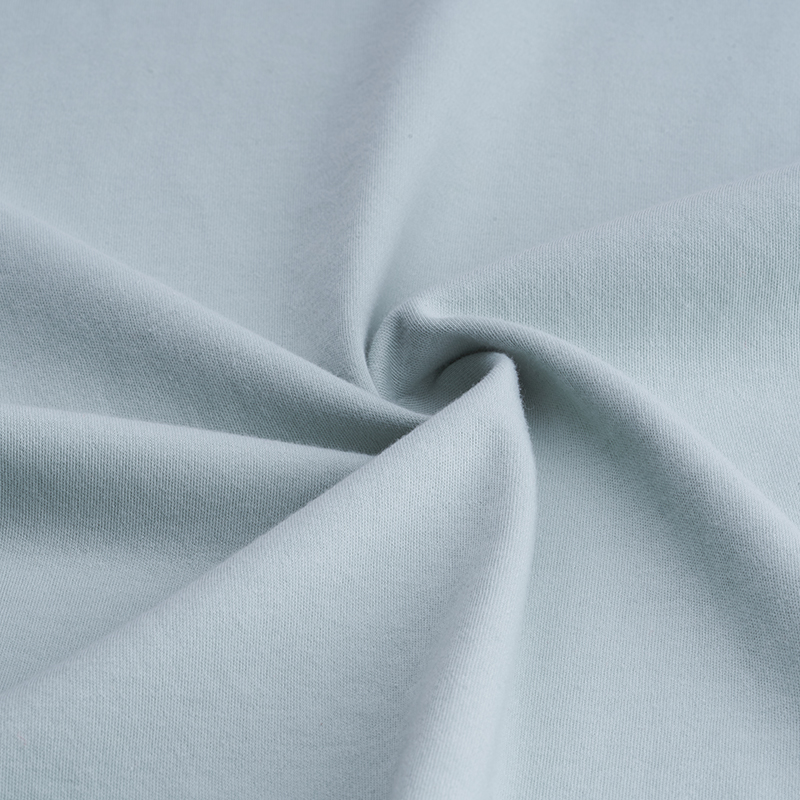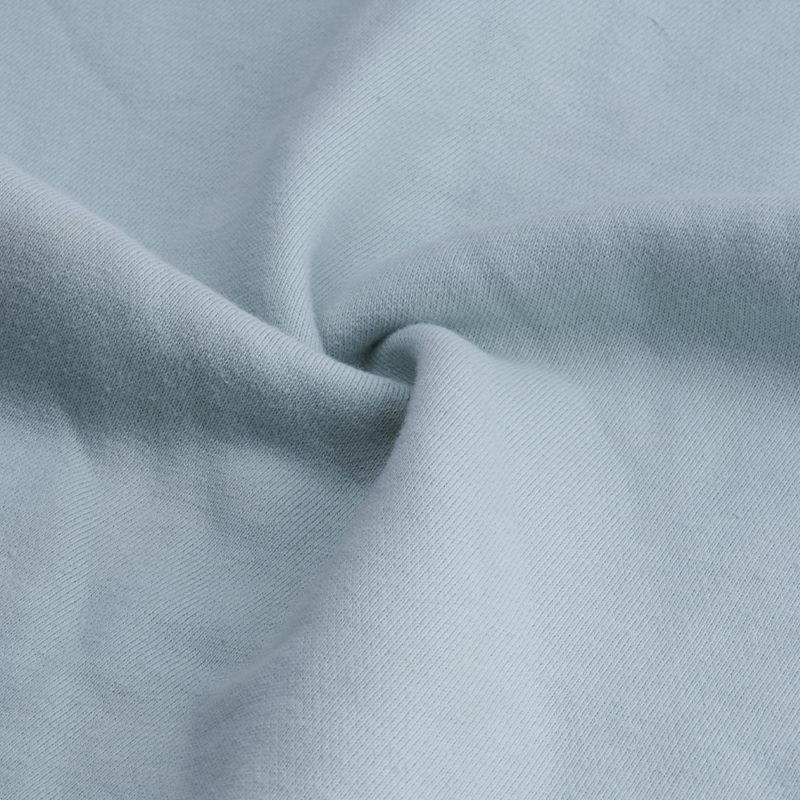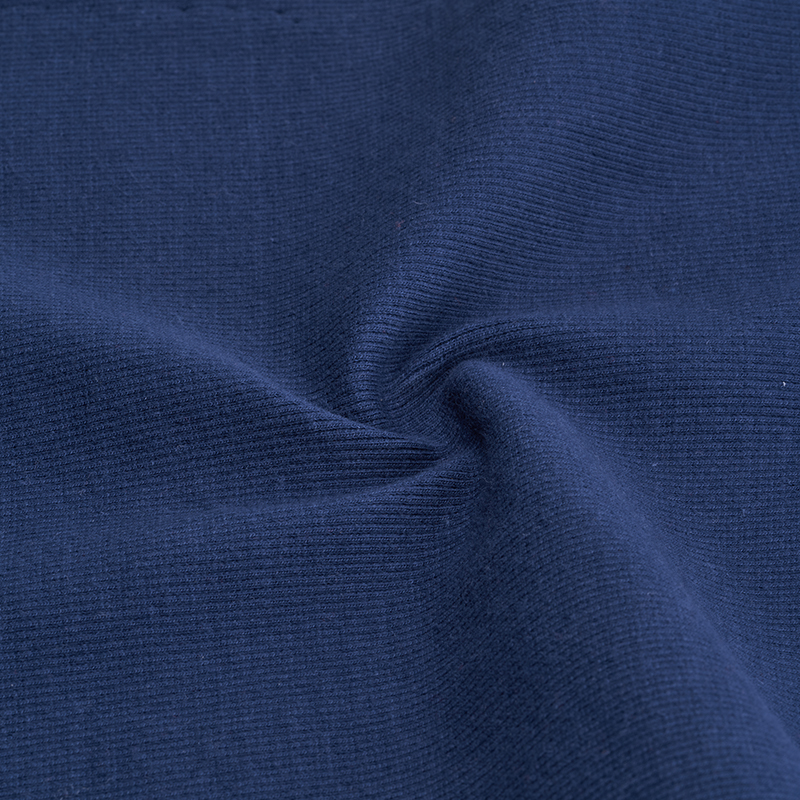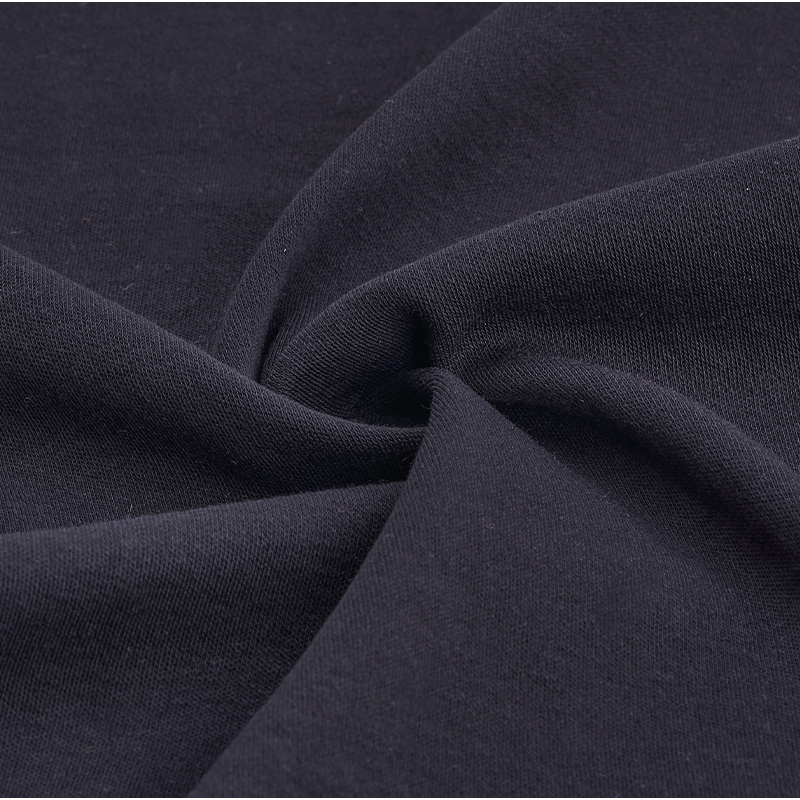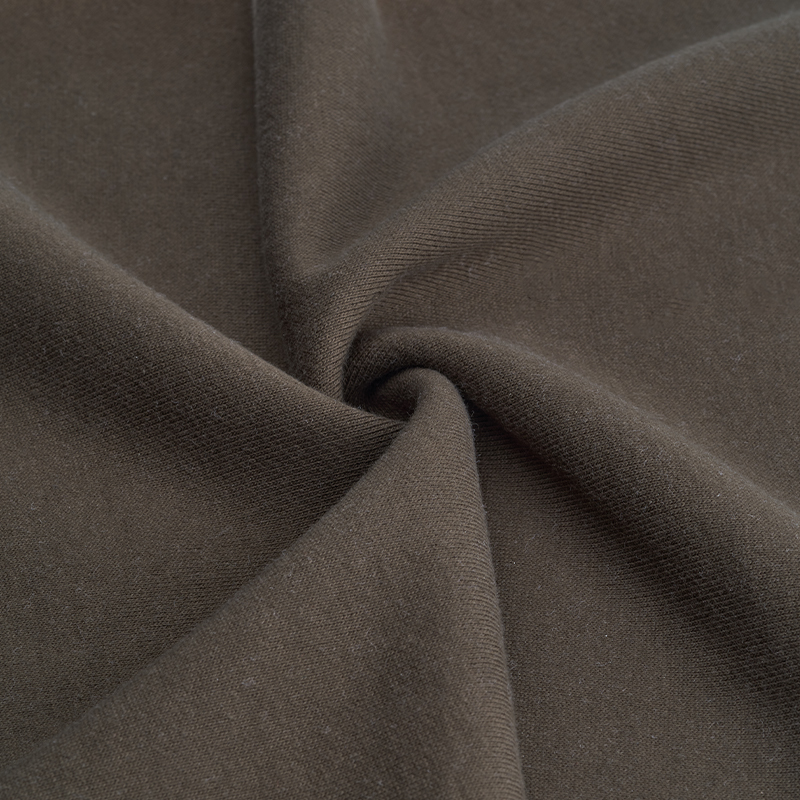In the history of fabric innovation in the clothing industry that has lasted for a hundred years, Hacci Fabric has redefined the concept of comfort with its breakthrough fiber technology. This high-performance fabric from Japan, through structural innovation at the molecular level, perfectly unifies the softness and resilience that traditional textile materials cannot take into account, and is triggering a revolutionary change in the field of high-end clothing.
1. Tactile revolution brought by molecular-level structure
The core technology of Hacci Fabric lies in its unique ultra-fine fiber structure. The micron-level fiber bundle with a diameter of only 1/10 of ordinary cotton fiber forms a honeycomb-like spatial structure through nano-level special-shaped cross-section design. This precisely arranged fiber matrix will produce a phased buffering effect when it contacts the skin: the fiber end of the surface layer of 0.1mm presents a misty and fluffy touch, the middle-layer fiber network forms a dynamic support layer, and the bottom layer maintains a stable shape through an elastic base.
Laboratory friction coefficient test shows that the surface friction value of Hacci's fabric is only 0.15μ, which is lower than the baby skin touch standard (0.2μ). Observed under a 20x microscope, tens of thousands of micro-airbag structures are distributed on the fiber surface. These air bags with a diameter of 3-5 microns effectively block the direct friction between the fiber and the skin, creating a wearing experience similar to the "second layer of skin".
2. Intelligent elastic biomechanical adaptation
Traditional elastic fabrics rely on the mechanical stretching of spandex, while Hacci Fabric has developed a multi-axial elastic system. Using elastic fibers composited with bio-based polyester and natural latex protein, elastic units with different moduli are implanted in the warp and weft directions. This bionic structure enables the fabric to intelligently adapt to the movement trajectory of the 14 main joints of the human body, providing 12% extension space during shoulder movement, while maintaining a moderate constraint of 3% at the waist.
In the dynamic fatigue test, the Hacci fabric remained above 92% after 5,000 stretching cycles, far exceeding the industry's 85% high-quality standard. Its elastic memory function originates from the nanocrystalline structure inside the fiber. These orderly arranged lattices store energy through phase change when deformed, ensuring that the clothing always maintains its initial outline.
3. Comfortable advancement of microclimate regulation system
Hacci's three-dimensional weaving technology creates a three-dimensional air diversion layer with about 1,200 micro ventilation channels per square centimeter. These holes with a pore size of 50-80 microns, combined with the hydrophilic treatment of the fiber surface, form an efficient moisture management system. When the human body sweats, the hygroscopic segments of the inner layer of the fabric will guide moisture to the outer layer at a rate of 0.3 ml per second, while the hydrophobic fibers of the outer layer form a lotus leaf effect to block rainwater intrusion.
Thermal imaging comparison experiments show that when wearing Hacci fabric clothing, the temperature fluctuation range of the human body surface is 40% smaller than that of ordinary fabrics, and the humidity regulation speed is increased by 2.3 times. This intelligent temperature control feature comes from its patented phase change material coating. When the ambient temperature exceeds 28°C, the microcapsules in the coating will absorb heat and undergo phase change to store excess heat energy; when the temperature drops, it will release heat in reverse to form a dynamic thermal balance.
In today's era of fast fashion, Hacci Fabric has re-established the value coordinates of high-end clothing through deep innovation in material science. Its breakthrough comfort performance not only stays at the sensory level, but also builds a new industry benchmark through precise quantitative indicators. When clothing truly becomes an extension of the human body, this perfect fusion of technology and humanity is writing a new paradigm for the future textile industry.

 English
English